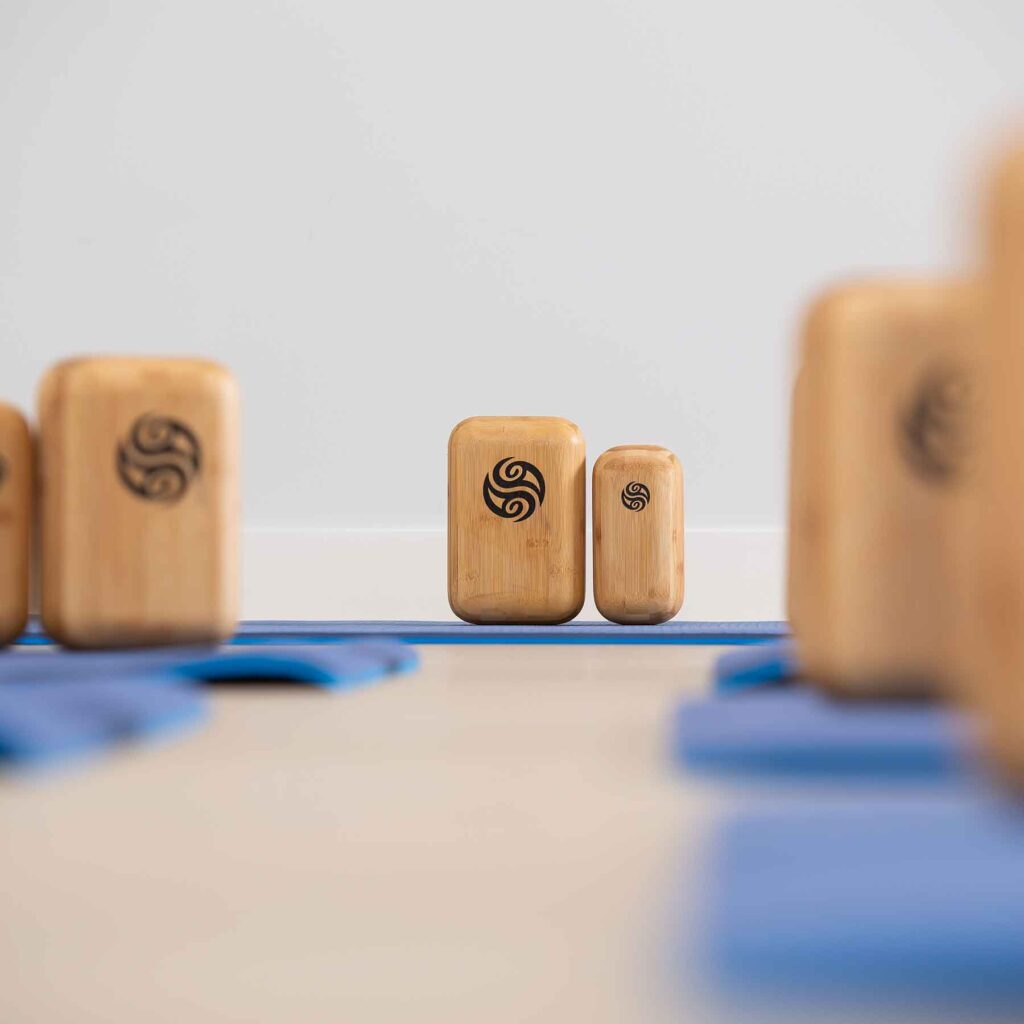Effortless Effort

I first heard the term Effortless Effort when taking the teacher training program for Iyengar Yoga. At the time, I was naturally flexible in certain areas, and extremely bound in others. Going into yoga postures is a wonderful way to identify those stuck spots in the body, as you feel the resistance. It also becomes clear the amount of effort required to establish correct alignment.

At first, I couldn’t grasp this concept in my own body, as my need to “perfect” the postures overran my understanding of allowing the body to move into the areas with ease. I also understood that the force of the fascia was something that had great strength, holding us out of alignment like a vice grip.
My awakening to fascia decompression happened around the same time as my Yoga practice began. I would come home from a class, noting the areas that were bound and I was fighting in my body. I would take my hands to that area and work deep into those frozen areas, intuitively driving through the layers and creating space. I would then go back into the posture that brought tension to my awareness and noticed an immediate change in my ability to move deeper.
This was how I truly began to understand that fascia decompression was the key to reaching a state of Effortless Effort. B.K.S. Iyengar in his Light on the Yoga Sutras of Patanjali translates this as follows:

“Perfection in an Asana is achieved when the effort to perform it becomes effortless and the infinite being within is reached.
Perfection in Asana is reached only when effort ceases, instilling infinite poise and allowing the finite vehicle, the body, to merge in the seer.”
Learning this concept and applying it to my body made me connect to that 2000 pound/square inch force of the fascia and realize that if we are ever to get to that state of grace and ease in our body, we need something more than the practice of yoga to free the adhesions from the bone. For many of us, simply trying to sit and stand in correct alignment can make the breath work hard and can cause fatigue in the body. Try it, sit up straight for 10 minutes and notice the fatigue in your back. The fatigue isn’t from weak muscles, it comes from the overexertion of those muscles fighting the compressive forces of the fascia in the front of the body.
We age in a forward, rotational direction. Because the eyes are in the front of the head, and also because we are dominant on one side, we wind down over time, each layer of fascia sealing to whatever it can grip in order to create stability and stop us from tipping over. These layers seal, moment after moment, magnetizing the area to build a false wall or floor as we continue on our forward descent.
This is a function of time. Think of how water or wind can shape a landscape over the centuries, changing the topography. It’s amazing to think that something as subtle as a wave can move mountains but add that continuous flow moment after moment -- in time, even the densest material is worn down.
The seal of the fascia on bone is magnetic. Our body is electromagnetic in nature. Like any magnets, when there is appropriate distance between them, they have no attraction to each other, bring them closer together and they seal with an unbelievable force. The cells in perfect alignment have optimal space. This body would be the example of a person who exhibits effortless effort, where movement requires minimal work on the internal system. However, I have yet to see anyone alive on the planet today who exhibits this level of “perfection”.
From years of gravity pulling us down toward the earth, combined with unconscious posture and breath, we have allowed our cells to lose their internal space and compress. With time, cells previously at a distance become entangled and develop powerful bonds creating dense tissue. Density is a friend to gravity, gripping on these false walls and floors and exponentially pulling us faster toward the earth. This is why the concept of effortless effort can seem so far off from our reality.
I have to share that 21 years into this practice, it is still challenging. However, the difference from when I began to now is like night and day. And what is interesting is the deeper you go in your fascia, the more you find those older grips that have torqued and twisted your body out of alignment. We began this descent from the moment we arrived here on earth, so that is what you are undoing -- a lifetime of entanglement that takes you away from your most spacious self.
Block Therapy is a self-care practice to connect you to the density and release the magnetic bonds that hold you away from your perfection. It isn’t about being perfect, but we have the choice to move in that direction, as opposed to the direction that gravity and unconscious living will take you.
Fascia decompression is the key to finding greater ease in life. If you would like to learn more from those who practice, our private Facebook community is filled with incredible testimonials and offerings of guidance and support from those who practice. I would love to see you there!
Breathe & Believe







Responses